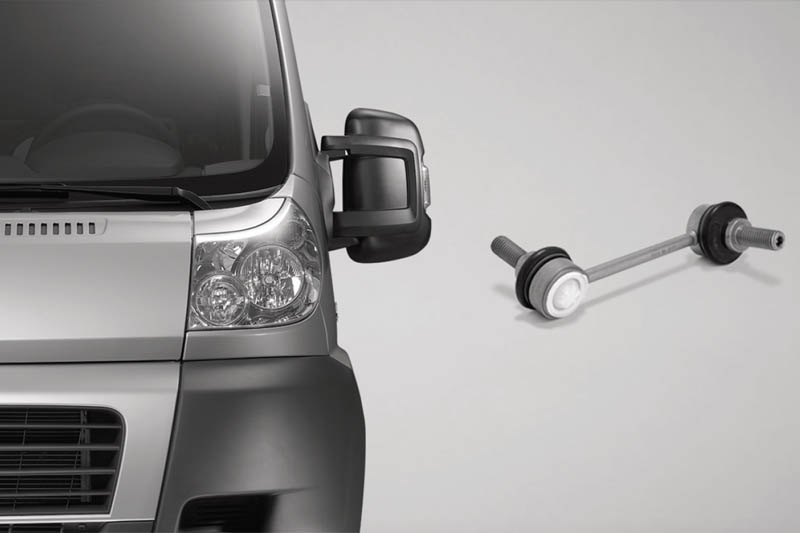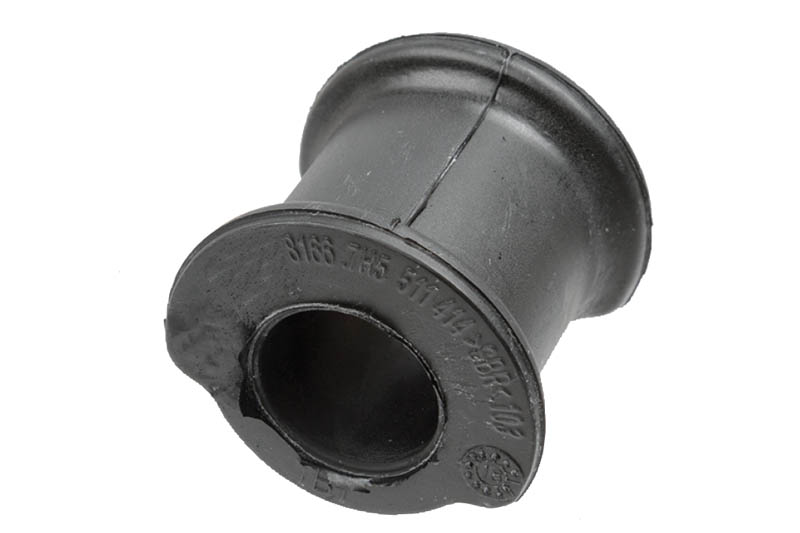
With the light commercial vehicle often referred to as ‘the automotive workhorse’, ZF Aftermarket offers repair tips for the Volkswagen T5.
The average age of LCVs in the EU is 10.9 years old, according to a report by ACEA, so this segment of the vehicle parc offers significant repair opportunities for workshops. 33.2 million LCVs are in circulation throughout the EU, with the UK alone hosting 4.4 million vans.
Importantly, failure rates for LCV vehicle safety inspections are higher in all age categories than for passenger cars, reflecting the significantly higher wear they are subjected to. For example, the failure rate for LCVs over ten years old is 30%.
ZF talks through how workshops should visually inspect the chassis of an LCV – in this case the Volkswagen T5 – and test it for height clearance.
Repair tips
The Volkswagen T5 LCV model range is one of the most popular vehicles in the segment under 3.5 tonnes. Wear damage on the suspension-strut mount often occurs on this vehicle due to the undersized ball bearing in the initial design. Volkswagen subsequently replaced the component with a version with a larger bearing, although both versions can still be found in the market.
ZF Aftermarket offers both variants but advises customers to upgrade to the new version where the initial version is still fitted. When removing the affected parts, the technician must always note which of the two variants is fitted to the vehicle.
A damaged spring plate on the earlier bearing variant means having to replace the entire assembly as new spring plates are no longer available. The garage must, therefore, install a new suspension-strut mount, the spring plate and the ball bearing. ZF Aftermarket also recommends always replacing these parts per axle to ensure consistent vehicle handling on both sides.
Certain points need to be considered when replacing the T5 control arm. After removing the old part, the mechatronics technician should clean the supporting surface of the ball stud on the steering knuckle using sandpaper, followed by a suitable cleaning agent. Otherwise, rust and dirt particles may penetrate the joint of the new control arm via the ball stud, resulting in rapid wear.

The technician must not tighten the mounting bolts and nuts with the suspension still in the fully unloaded state. Otherwise, the rubber bearings would be deformed when lowering the vehicle onto the wheels. This undesirable preloading of the bearings may lead to premature wear.
The next step is to lower the vehicle until the chassis is fully compressed. There may, however, be regulations governing the position in which the bolts and nuts are tightened depending on the vehicle model – so note the VMs installation instructions. All chassis data specified by the vehicle manufacturer relates to the design position.
A wheel-free four-post car lift can be useful here. It allows the bolts and nuts to be tightened to the torque specified by the manufacturer. Finally, the technician must check and set the wheel alignment as per the manufacturer’s specifications.
Chassis range
Under its Lemförder brand, ZF Aftermarket supplies a range of chassis parts, including control arms, stabiliser links, and rubber-bonded metal mounts. The company is continually expanding its chassis range for LCVs. New additions to the portfolio include:
- Axle boot and steering system for the Ford Transit/Tourneo Custom
- Inner tie rod, tie rod, and tie-rod end for Citroën Jumpy/Peugeot Expert/Toyota Proace
- Rear-axle mount and stabiliser mount for VW T5/T6 and Crafter
- Front-axle mount and control arm for VW Crafter
- Front-axle control arm and steering knuckle for Renault Kangoo and Mercedes Citan








